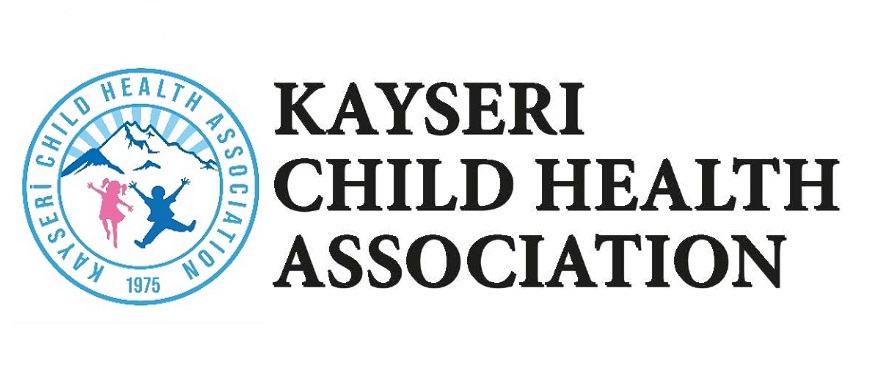Fertility Preservation Methods In Childhood And Adolescence Cancers: A Review
Abstract
Abstract
In childhood and adolescence cancers; survival rates increase with the use of treatment options such as chemotherapy, radiotherapy and hematopoietic stem cell transplantation. One of the long-term effects of primary disease and cancer treatment is the irreversible damage to gonadal tissues, resulting in impaired fertility. Especially chemotherapeutic drugs; causes germ cell defect, affects the secretion of pituitary hormone, and also damages the anatomical structures of internal genital structures such as the uterus. Gonadal preservation methods are limited in prepubertal male patients. It is a good option to place the testicles in a different area before radiotherapy. Before chemotherapy or whole body irradiation, freezing of testicular tissue and ensuring pregnancy from frozen tissue is still in the experimental stage. After the ejaculation begins, obtaining and storing sperm is successfully done. A limited number of pregnancies were obtained oocytes frozen ovaries in the prepubertal girls. It is possible to freeze oocytes after puberty begins. In addition, recently, as a noninvasive method, gonadotropin-releasing hormone (GnRH) analogues have been used successfully, as it suppresses the hypothalamic-pituitary-gonadal axis and protects germ cells from cytotoxic effects.
This article aims to provide information on fertility preservation methods in patients receiving childhood cancer treatment.
Key words: Childhood Cancers, Fertility, Gonadal Protection









